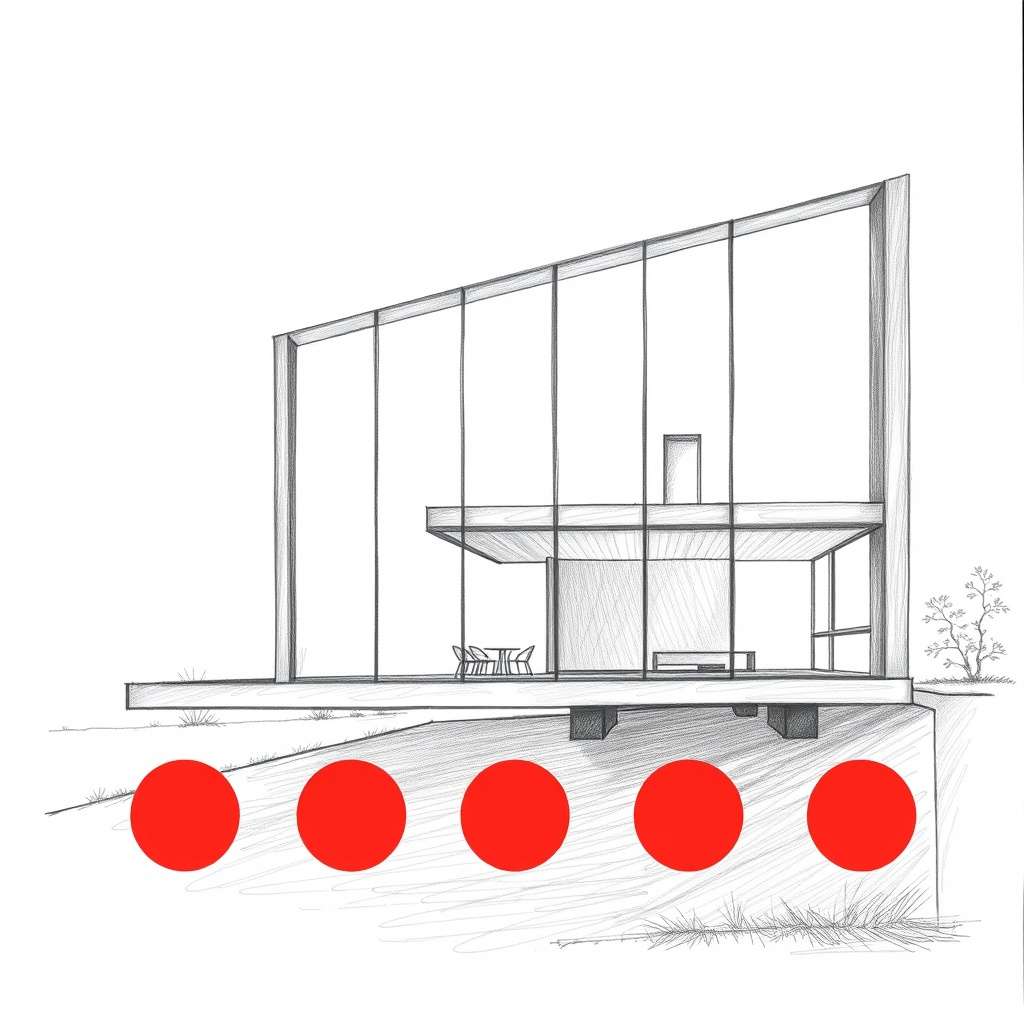TP4B Game Map — Tactical Periodization for Business
Offensive Organization Go-to-Market
What it is: The attack structure in business — how you create demand, advance deals, and deliver offers quickly.
Why it is: Disciplined go-to-market execution focuses effort on the right buyers and turns vision into profitable customers.
How to play the game:
- Define your ideal customer profile, the value metric you improve, and your offer architecture.
- Run a weekly morphocycle: Result Day minus 4 (structure), minus 3 (live experiments), minus 2 (partner handoffs), minus 1 (set-plays).
- Tempo rule: respond to any market signal with a meaningful offer in less than forty-eight hours.
Defensive Organization Operational Defense
What it is: The defensive block — reliable delivery, quality control, and compliance by default.
Why it is: Offense collapses without stability; defense sustains trust, margin, and cash flow.
How to play the game:
- Publish service level agreements, defect-prevention checklists, and capacity buffers.
- Weekly morphocycle: Result Day minus 4 (risk review and runbooks), minus 3 (failovers and stress tests), minus 2 (compliance checks), minus 1 (change freeze and communication templates).
- Aim to minimize leakage: fewer defects, less downtime, and no missed deadlines.
Positive Transition Opportunity Capture
What it is: The counter-attack — turn signals such as new leads, product-usage spikes, and partner introductions into value rapidly.
Why it is: Opportunities decay quickly; speed converts signal into a scheduled action before competitors react.
How to play the game:
- Maintain a trigger → playbook library for each common signal.
- Weekly morphocycle: Result Day minus 4 (update playbooks), minus 3 (speed-to-lead drills — first touch in under two hours), minus 2 (fast-track finance and legal), minus 1 (set-play run-throughs).
- Non-negotiable: every signal ends with a dated next step booked.
Negative Transition Issue & Crisis Response
What it is: The crisis game — contain damage from outages, compliance breaches, or major customer escalations.
Why it is: Managed crises protect reputation, morale, and learning; unmanaged crises destroy value.
How to play the game:
- Define severity levels (for example, Priority 1 to Priority 4) with clear containment windows.
- Weekly morphocycle: Result Day minus 4 (tabletop scenario), minus 3 (live containment drill), minus 2 (root-cause workshop and assigned fix), minus 1 (verify backups, failover, and messages).
- Operate with a single responsible owner and transparent, time-stamped communication.





